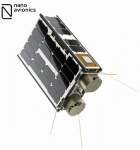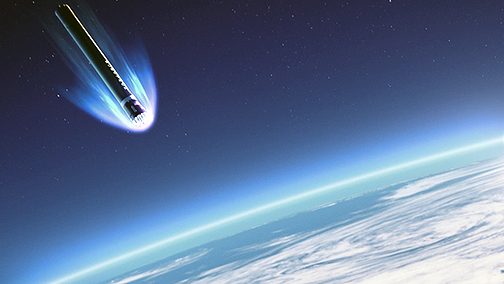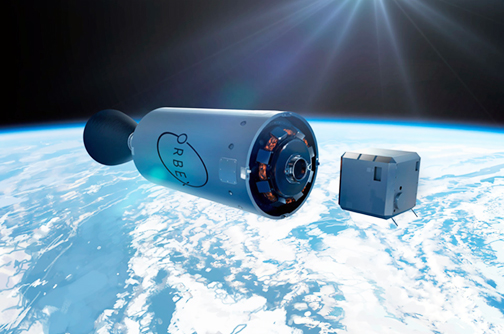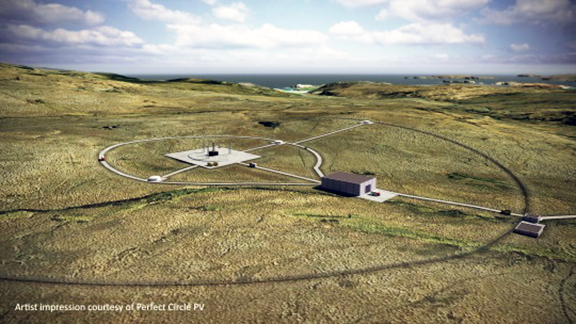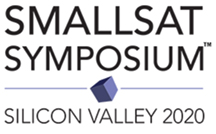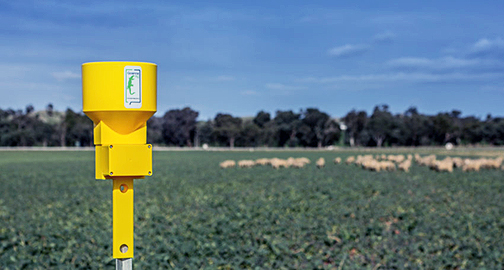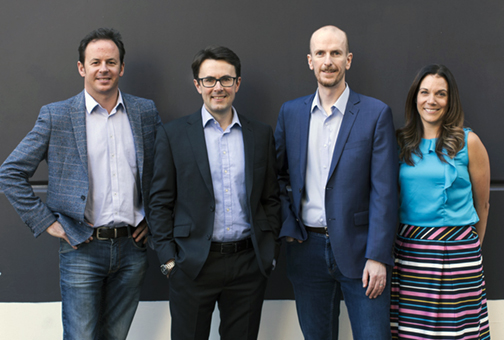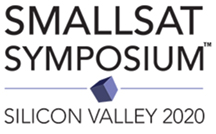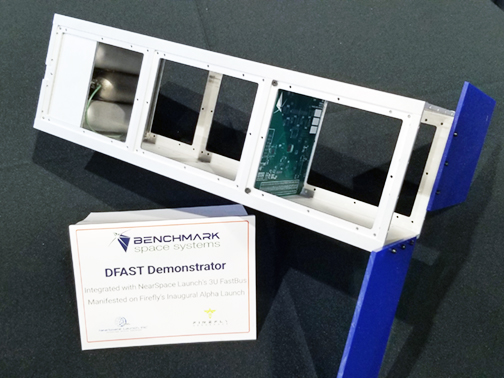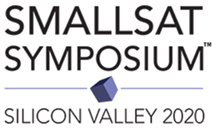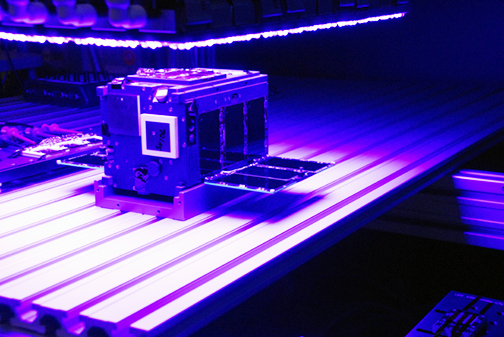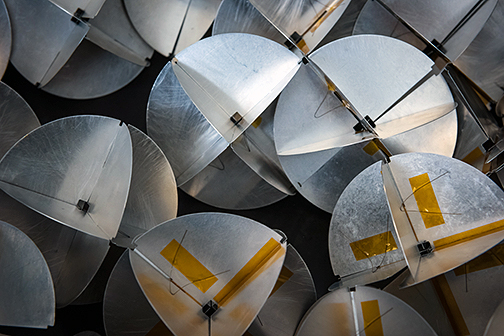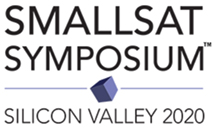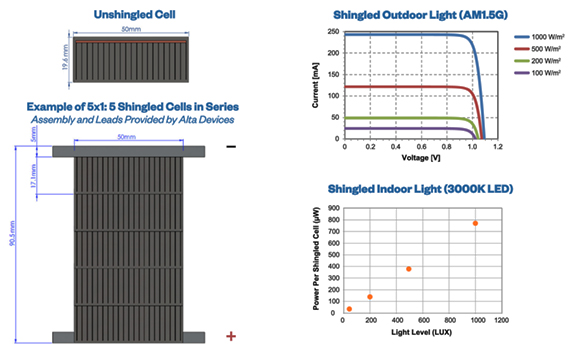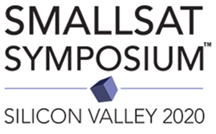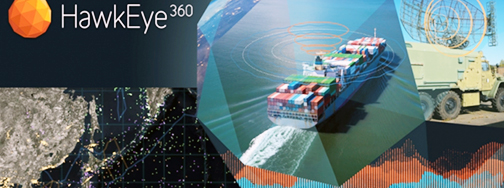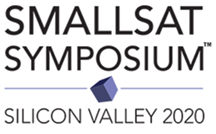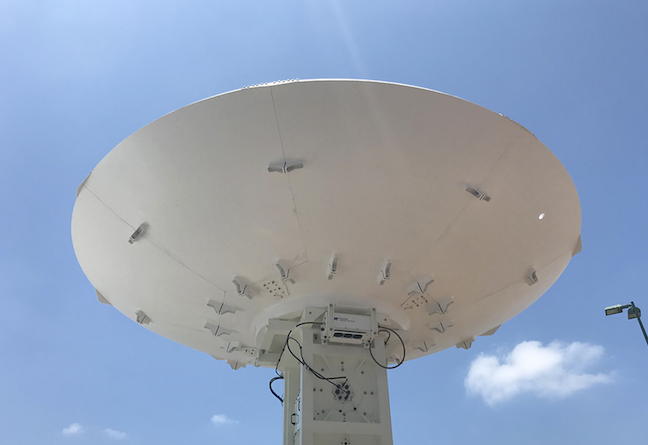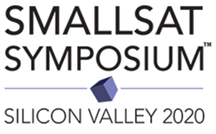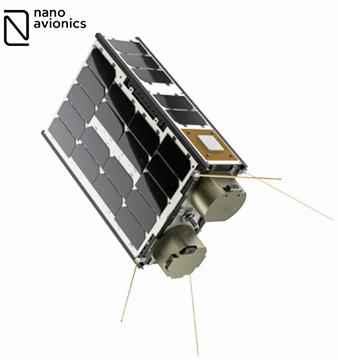
NanoAvionics is preparing to move a significant portion of its research, development and manufacturing activities to the United States in the next year.

NanoAvionics’ parent company, Avellan Space Technology & Science, is refurbishing the Midland, Texas, manufacturing plant that previously housed XCOR Aerospace.
In July, NanoAvionics hired F. Brent Abbott, a veteran of Atlas Space Operations, ÅAC Microtec U.S. and Surrey Satellite Technology U.S., as the firm’s new NanoAvionics North America CEO. The company is eager to enter the U.S. market because about 50 percent of the global demand for smallsats comes from U.S. customers. In addition, some U.S. government customers are required to buy satellites manufactured in the United States.
The Midland facility will manufacture satellites for the U.S. market and could also could produce satellites for any European customers who need high volume production, Abbott said. However, the company will not be able to export some of the technology it develops for the U.S. market, he added.
In the competitive small satellite market, NanoAvionics is growing rapidly. In the last year, the company has doubled its staff and revenues jumped four or five-fold. In June, NanoAvionics, Norway’s Kongsberg Satellite Services and Antwerp Space of Belgium announced they raised $10 million euros ($11.23 million) for an on-orbit demonstration of an Internet-of-Things (IoT) satellite constellation.
NanoAvionics executives say the firm will offer the lowest price on radiation tolerant six and 12-unit cubesats. The satellites are built and tested for orbital lifespans of five years. With redundant systems, the satellites could last ten years, Abbott said. NanoAvionics does not publicly share spacecraft prices.
In April, two firms building IoT constellations, Blink Astro of Atlanta and Lacuna Space of the United Kingdom, launched payloads on NanoAvionics’ M6P nanosatellite buses. Lacuna Space announced an agreement in July to purchase another NanoAvionics M6P smallsat bus, which it plans to launch in the fourth quarter of 2019.
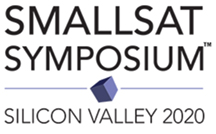
For all involved in the satellite and space industry and the various market segments that add value to these dynamic environments, the 2020 SmallSat Symposium is truly worth your consideration for attendance.
The SmallSat Symposium is hosted by Satnews Publishers which, since 1983, has been a provider of a satellite news, media and events. This information packed forum was created to enable you and your company to secure a larger portion of market share as well as to take part in the next stages of your company’s or organization’s growth.

The personal connections at the SmallSat Symposium enable attendees to network with established organizations, subject-matter experts as well as ‘New Space’ entrants.
The SmallSat Symposium will focus on new technologies and the business environment that is shaping the implementation of smallsat constellations, smallsat launchers, the challenges facing the smallsat developer and actors as well as the enormous benefits of these advanced technologies that will benefit our world.
This event assembles more than 100 diverse speakers, all of whom possess deep industry experience. Additionally, numerous opportunities exist to mingle and network with peers while enjoying exceptional, complimentary meals and refreshment breakfast.

